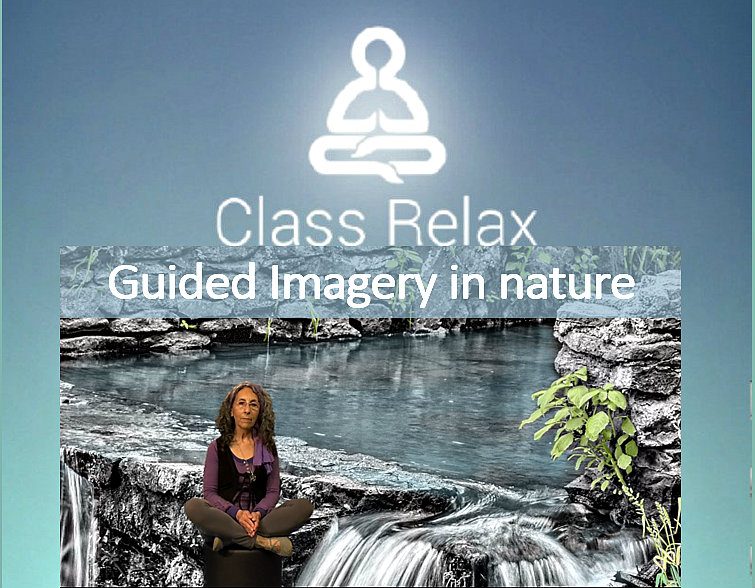
Yes, we’re back.
I’m Judih (exhale on the final ‘h’) and have resumed face-to-face mindfulness lessons in the 7th grade. I get to meet with all eight classes, and with a group of 8th graders who have chosen to continue learning mindfulness for a 90-minute session.
Covid-19 and all the variants might also be amongst the pupils, so mask wearing is a mandatory condition inside our room.
It’s not easy. I need to remind kids constantly to adjust their masks, but mask-wearing also helps us gain awareness of our breathing.
In fact every year with the seventh graders, I crave to know about them.
I peruse the data available to me: their places of residence, their parents’ names, and perhaps a connection to an older brother or sister, previously in my classes.
Our opening activity is to draw an outline of our hand, write our names, our expectations of the lessons and if they have a phone and are willing to share, their phone number. Once I have numbers, I can send them digital questionnaires to find out more about their past experience with mindfulness, and if they have questions. I want a way to encourage questions outside of the 40-minute group lesson. Of course, we do a listening meditation and a breathing meditation, just to give a taste of what we’ll be doing.

Some classes are heaven, others are a challenge. We’ve been able to meet in the Relaxation Room, equipped with cushions and large bean-bag chairs. Cushions serve as comfy resting places or portable weapons, depending on the whim of the pupils. Some classes gravitate to relaxation while others prefer the more aggressive option. Soon we’ll be in a more standard classroom, which usually proves to encourage more standardized behaviour. To be seen.

The eighth graders are from one of my favourite classes from last year. There are only a few of them and I hope to find a way to offer them ways to detach from tensions, and get comfortable with themselves. Two of them built a marvelous fort out of the cushions, surrounding themselves with a kind of padded, dark cell. (Not the first time, students have done such things, and it’s fascinating to see which of them only want to build such an environment.)
Others flow with me, responding, cooperating. An interesting group.
I’ll keep you all informed.























